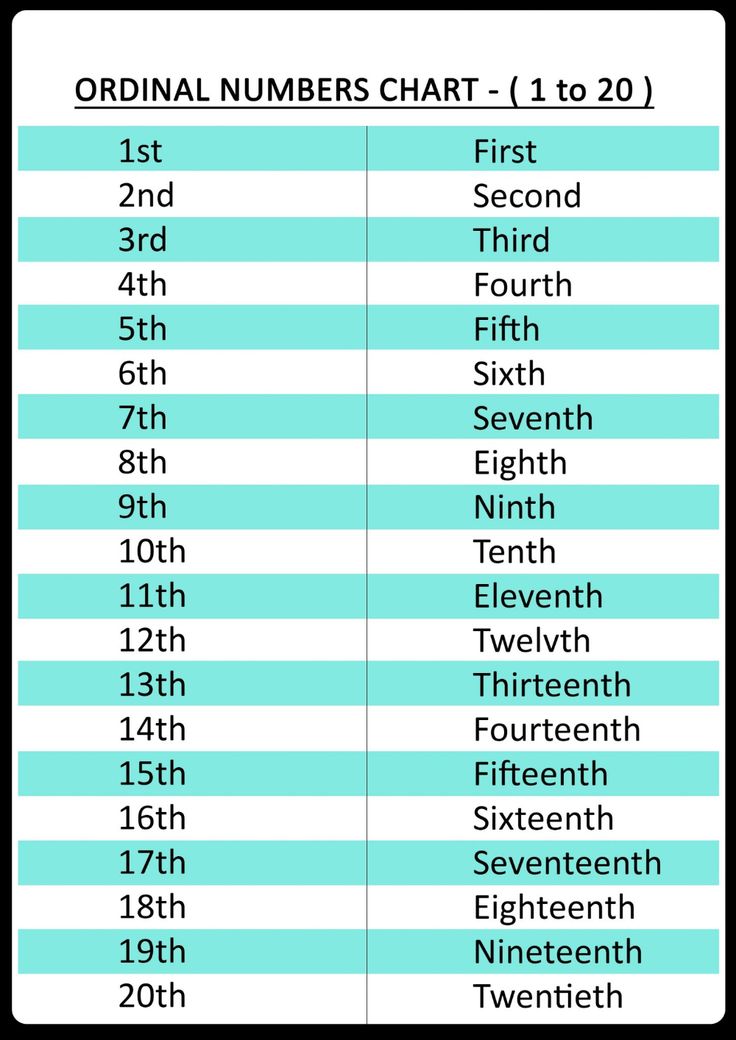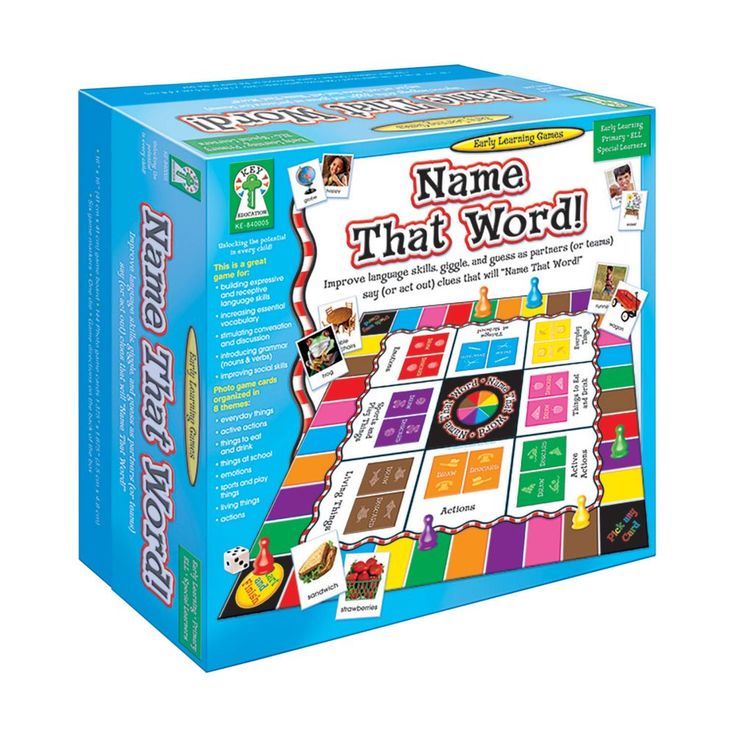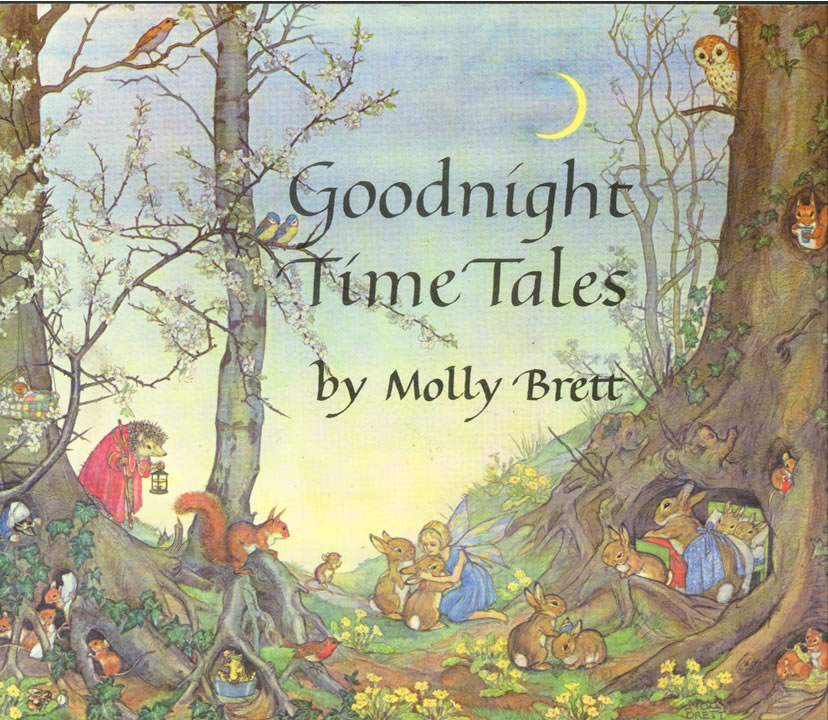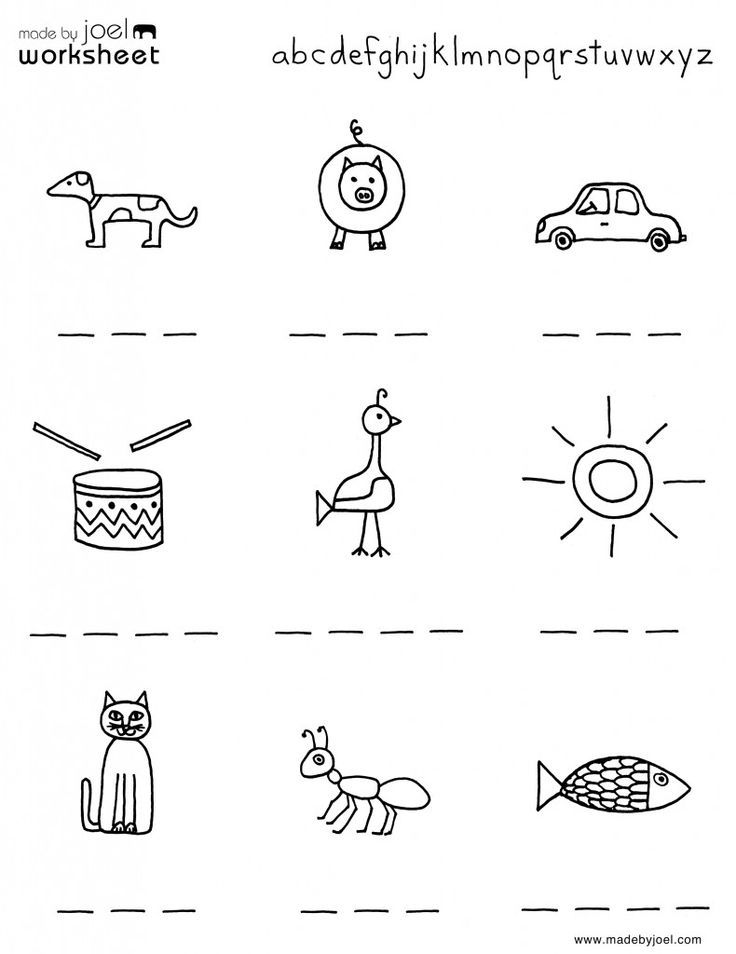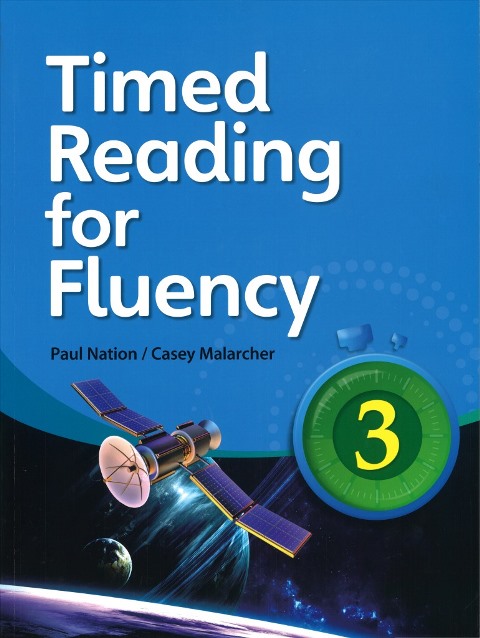How to be a fluent reader
10 Fluency strategies for struggling readers
Literacy skills are one of the most important areas of ability children develop in their first few years at school. Most children begin by sounding out words and learning to recognize common vocabulary from books and classroom materials. With sight reading and more spelling practice comes greater fluency.
Reading then speeds up and comprehension of more complex texts becomes possible as vocabulary knowledge grows exponentially. However, not all students find learning to read such an easy process. Struggling readers can quickly fall behind their peers and may develop low self-esteem and a lack of confidence as a result.
Because reading ability affects performance across all areas of the curriculum, including writing skills, it’s important to provide adequate strategy training as early as possible. Ideally remediation is tailored to the individual student’s needs, particularly when a learning difficulty is involved.
Different learning difficulties affect fluency in different ways but one of the most common conditions implicated in reading problems is dyslexia. If a student has poor reading skills and a somewhat inconsistent approach to spelling –they recognize or produce a word correctly one day but not the next-- dyslexia may be involved.
There are different signs but around 70% of students with dyslexia struggle to split words into their component sounds. It is this lack of phonemic awareness that prevents accurate sound-letter mapping, which is required for spelling and decoding in early reading. A focus on phonics can help students with dyslexia. Another way to help is by taking a multi-sensory approach to teaching reading and spelling – learn more in this article on Orton-Gillingham based reading instruction.
Some kids have trouble focusing their attention on the books or classroom worksheets they are meant to be reading. For students with attention related learning difficulties, including attention deficit disorder with and without hyperactivity, the challenge is not so much in sounding out the words but concentrating long enough to process what they are reading.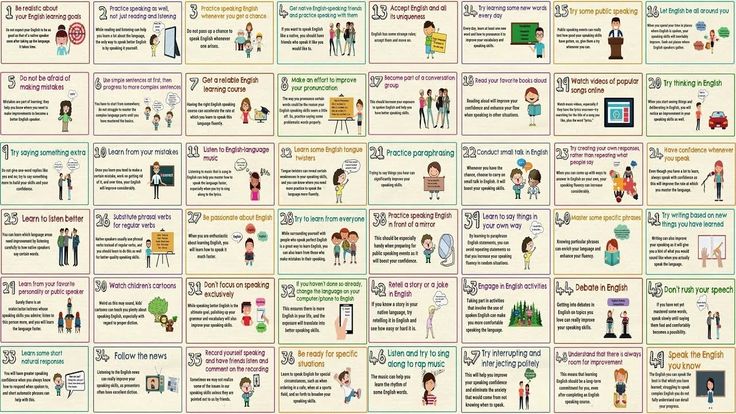
Sitting still and controlling impulsive tendencies can also be problematic, particularly for students with ADHD. What’s crucial is that teachers recognize the root of the problem early on and find strategies to help enhance focus during reading sessions. One idea is choosing a regular time of day when the student is most calm, possibly after an outside exercise break. It’s also a good idea to reduce distractions and create a quiet space where they can go to read on their own.
Parents and teachers may observe reading fluency is lacking in individuals with slow processing. This is because the brain requires more time to carry out the complex cognitive processes involved in reading, from word recognition to comprehension.
Patience, time and more time may be the solution here. In some instances, a student can appear to read fluently but not actually understand what he or she is reading. This is often true for students with autism spectrum disorder—learn more in this article on reading comprehension and autism. For information on addressing fluency issues for students with visual impairments, try this article.
For information on addressing fluency issues for students with visual impairments, try this article.
Pre-literacy skills
It’s extremely important and beneficial for children to read with their parents. Even 1 year-olds can enhance their vocabulary and learn more about the world as they point to objects and characters they recognize. Reading with adults helps kids understand how books work. They participate by choosing their favorite stories and turning the pages as their parents read aloud.
Ample exposure to print also gets children ready to learn the alphabet. Silly songs such as "Old McDonald Had a Farm" are used to enhance phonemic awareness and help kids develop their control over stress, rhyme and rhythm in language. Discussing their day and reciting sequences of events is a precursor for understanding how narrative works.
Learn more in 6 pre-literacy skills parents can encourage.
Decoding & comprehension
Reading is a complex cognitive task that involves parallel activity in different areas of the brain. Readers must decode the letters on a page, recognize the words they are made up of and make meaning out of groups of words, sentences and paragraphs. Issues concerning reading fluency can stem from decoding skills, comprehension skills or both. Learn more in this article on common reading problems.
Readers must decode the letters on a page, recognize the words they are made up of and make meaning out of groups of words, sentences and paragraphs. Issues concerning reading fluency can stem from decoding skills, comprehension skills or both. Learn more in this article on common reading problems.
This is the process of recognizing letters and words and sounding them out. Decoding is easier said than done in English, a language in which multiple letters can be used to represent the same sounds. The only way to effectively learn how to pronounce common vowel and consonant clusters is to have seen them before. This is one reason why learning to touch-type and drilling letter combinations on a keyboard helps struggling readers. This is especially true if audio recordings of the words are played at the same time.
ComprehensionFluency can also be affected by a failure to understand what is being read. Readers are required to hold a number of details and contextual clues in memory in order to make connections and pick up on gist, inference and main ideas in the text.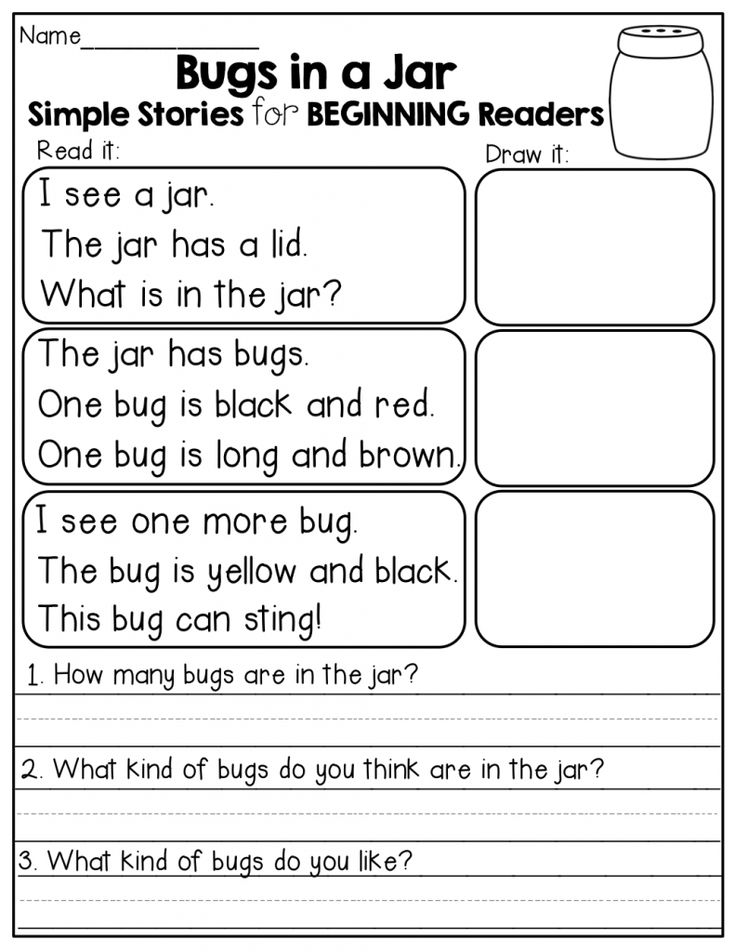 If comprehension is a struggle, it can interrupt fluency as students find they cannot follow what they are reading and need to go back to re-read earlier parts of the text. In the same way, focusing too much on decoding can prevent struggling readers from paying attention to the content of a reading.
If comprehension is a struggle, it can interrupt fluency as students find they cannot follow what they are reading and need to go back to re-read earlier parts of the text. In the same way, focusing too much on decoding can prevent struggling readers from paying attention to the content of a reading.
10 Strategies for fluency
-
Record students reading aloud on their own. If certain sound-letter combinations or words are causing problems, teachers will benefit from listening to the child read out loud. However, this activity can be extremely stressful in front of a classroom of kids, particularly for a student who struggles with fluency. It is best to avoid calling on struggling readers during group reading and instead have them work through a paragraph on their own. Make a recording that can be analyzed later on by a teacher or tutor in order to provide targeted help.
-
Ask kids to use a ruler or finger to follow along.
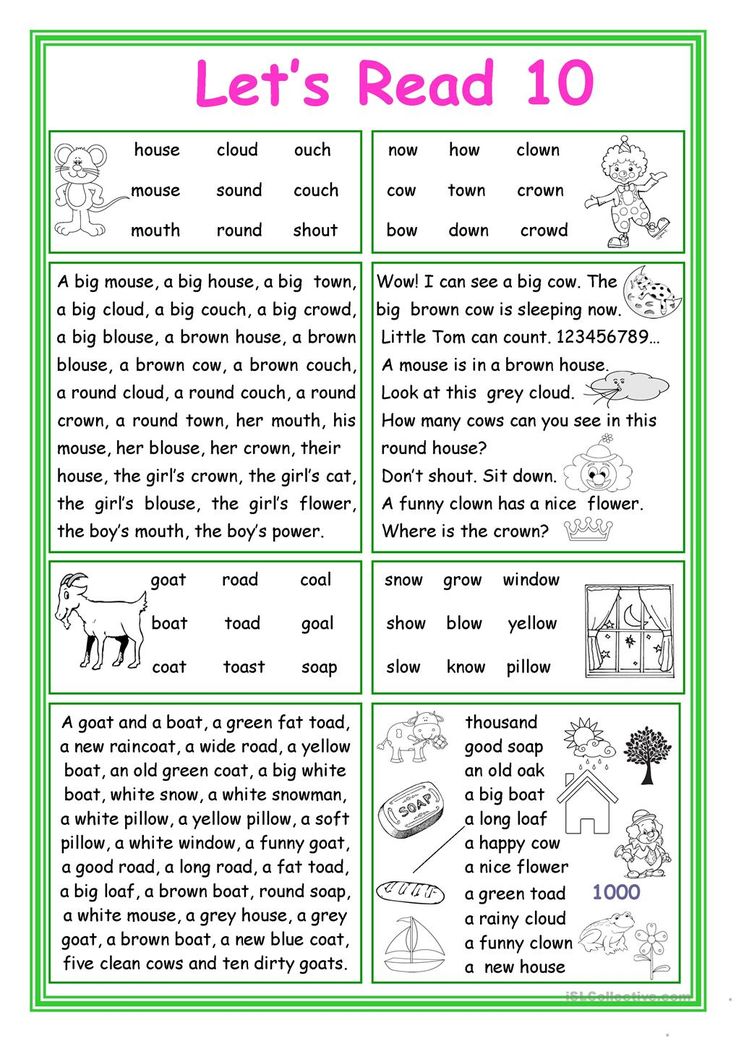 Decoding is easier when students don’t lose their place as they move across a page. It’s up to the individual student how they go about this. Some may want to use a pen or pencil, others a piece of paper that they move down to cover the bottom of the page and stay focused on the sentence in front of them. This is also a good strategy for readers with ADHD because it involves a kinesthetic element.
Decoding is easier when students don’t lose their place as they move across a page. It’s up to the individual student how they go about this. Some may want to use a pen or pencil, others a piece of paper that they move down to cover the bottom of the page and stay focused on the sentence in front of them. This is also a good strategy for readers with ADHD because it involves a kinesthetic element. -
Have them read the same thing several times. When you’re trying to improve fluency, it helps to see the same text multiple times. Each reading becomes easier and motivation goes up as students experience enhanced fluency thanks to repeat exposure to words and phrases. It can also help when it comes to developing comprehension skills as readers have more opportunities to notice contextual cues.
-
Pre-teach vocabulary. Prime the words a student is going to see in a text and practice reading them in isolation or in phrases.
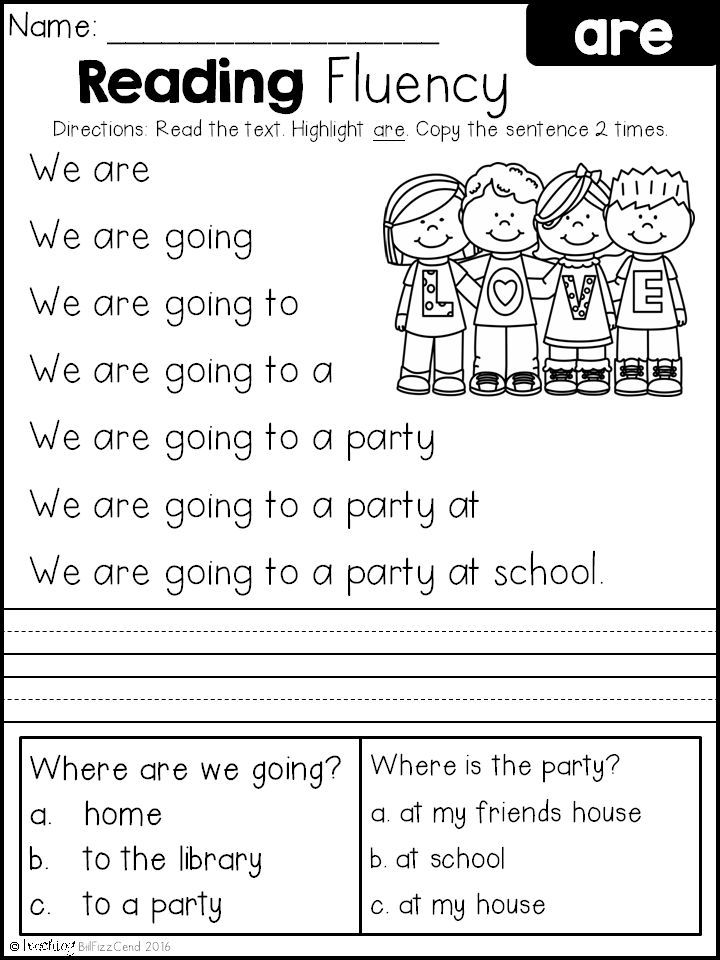 You might do this via an interactive classroom based activity. Get students to use the words and then practice reading them from the board or on a piece of paper. Crossword puzzles can be an effective teaching tool or playing a spelling game. It’s much easier to read a word if it is fresh in memory.
You might do this via an interactive classroom based activity. Get students to use the words and then practice reading them from the board or on a piece of paper. Crossword puzzles can be an effective teaching tool or playing a spelling game. It’s much easier to read a word if it is fresh in memory. -
Drill sight words. Some words are more common than others and students who have a hard time with fluency will find it is much easier to read when they are familiar with 90% of the vocabulary in a text. Around 50% of all books and classroom based materials for young readers are composed of words from the Dolch List. Learn more in our post on teaching sight words.
-
Make use of a variety of books and materials. If a student has difficulty with reading it can be even more of a struggle to practice with material that is not of interest to them. Sometimes all it takes is getting readers excited about a topic to help them lose themselves in the activity.
 Try chapter books, comics and poems. Even picture books can work as long as the student doesn’t perceive the material as being below their level. Experiment with texts of different lengths starting with shorter material and gradually working up to longer pieces. TOP TIP: Where fluency is concerned, emphasize the quality of the student’s reading, not the quantity of pages or speed at which they read them.
Try chapter books, comics and poems. Even picture books can work as long as the student doesn’t perceive the material as being below their level. Experiment with texts of different lengths starting with shorter material and gradually working up to longer pieces. TOP TIP: Where fluency is concerned, emphasize the quality of the student’s reading, not the quantity of pages or speed at which they read them. -
Try different font and text sizes. If there’s a visual impairment that is causing some of the difficulty, reading larger text or text printed on color tinted paper can sometimes make things easier. There are specific fonts which are more appropriate for anyone with learning difficulties, including dyslexia, because they help with discerning letters and decoding language.
-
Create a stress free environment. When students are enjoying a book, anxiety and stress are reduced and fluency is enhanced. It’s also possible to foster a relaxing environment by removing any deadlines, time-limits or assessment related goals and just focusing on classroom reading for reading’s sake.

-
Guide students to help them establish a steady pace. One of the hallmarks of fluent reading is establishing a consistent rhythm and pace that guides students through a text. This doesn’t need to be fast and in the beginning new readers should have the option to start slow and increase their pace as they become more comfortable. Some students will want to have a guide, such as a metronome, which gives them a rhythm they can match. Others will find this strategy stressful. Playing music in the background might also work – or not!
-
Introduce a typing course. If a student continues to struggle with fluency, teachers, tutors and parents may consider introducing an extra-curricular program designed to enhance literacy skills. A multi-sensory course like Touch-type Read and Spell can be used at home and in school to learn typing and enhance spelling and sight reading at the same time. An audio component accompanies letters on the screen while students type the corresponding keys.
 Automated feedback and coursework is divided into discrete modules and independent lessons foster self-directed learning and enhance motivation and self-efficacy in new readers.
Automated feedback and coursework is divided into discrete modules and independent lessons foster self-directed learning and enhance motivation and self-efficacy in new readers.
Learn more
Offering encouragement and support
Reading and writing are essential skills and when fluency does not come naturally, strategy instruction based around the individual student’s needs is crucial to help new readers gain the confidence they need to be successful at school.
Regardless of the intervention, progress takes time to achieve. That’s why it is a good idea to schedule a plan of action and set up attainable goals for improving fluency in the long-run.
Parents may consider hiring a private tutor – learn more about how to choose a tutor – and teachers can adjust classroom practices to create a less stressful environment in which children can hone their skills.
Above all, students need to be made aware that learning difficulties and reading ability have nothing to do with intelligence and understand that effort is more important than results.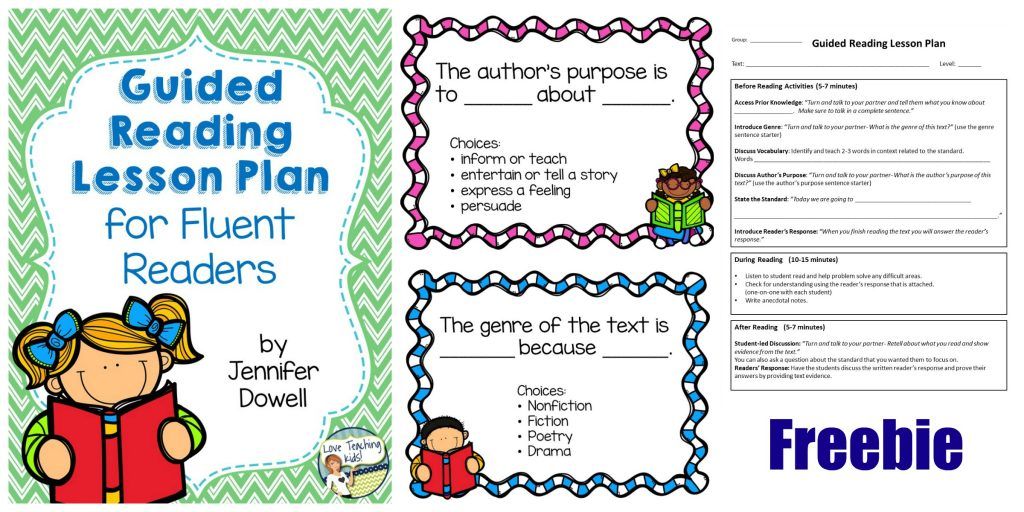 This will encourage a healthy self-image and help them maintain the motivation required to improve their skills.
This will encourage a healthy self-image and help them maintain the motivation required to improve their skills.
Read more about encouraging children with learning difficulties, or try our tips for motivating students to read.
Do you have any tips on enhancing fluency for struggling readers? Please share them in the comments!
How to Improve Reading Fluency for Better Comprehension
You’ve spent years reading storybooks, store signs, and cereal boxes to your child. But now that they're learning to read out loud by themselves, story time might feel like new territory. When your growing reader furrows their brow with every word and stumbles through most sentences, there are certain steps you can take to set them up for lifelong reading success.
Reading fluency is the ability to read out loud accurately, at a good pace (not too slow or too fast), and with expression. “Although it’s typically measured in school when children start reading on their own, such as at the end of first grade, reading fluency is something you can start working on with them even before then,” says Helen Maniates, Ph.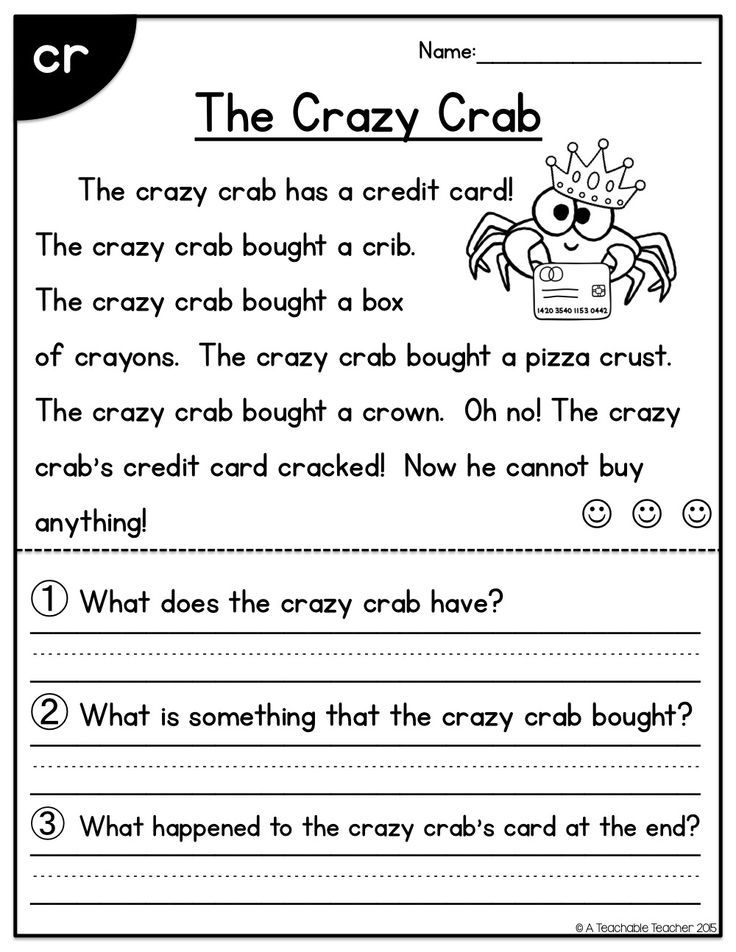 D., associate professor of teacher education at the University of San Francisco.
D., associate professor of teacher education at the University of San Francisco.
And it certainly pays to, because reading skills can help your child get more out of every subject in school. “Reading fluency contributes to reading comprehension,” says Maniates. “When children read slowly, don’t pay attention to punctuation, or struggle with particular words, they lose track of the ideas in the text.” Set your child up for academic success with these easy — and fun! — reading approaches.
1. Show them your own fluent reading.
The more often your child hears fluent reading, the more likely they are to pick it up. “Start by reading a paragraph or a full page from a book, and then ask your child to read it,” says Brook Sawyer, Ph.D., an associate professor focusing on language and literacy development at the College of Education at Lehigh University. “When you provide that model, it’s an opportunity for the child to get familiar with the story, understand the pacing, and then mimic you. ”
”
As you model, channel your high school drama class: Read with exuberant, Oscar-worthy expression and pause at the appropriate times (at commas, periods, etc.) to demonstrate the cadence of our language. It’s also helpful to play audiobooks in the car to squeeze in extra modeling time when you’re on the go, says Sawyer.
2. Teach your child how to track words.
If you’ve ever learned a new language, you know how difficult it can be to decipher where one word ends and the next begins when listening to a conversation. Your little learner might feel the same way when they try to follow along during story time. That’s where tracking — or running your finger under words as you read them — comes in handy. You can track while you’re reading to your child, or ask them to track when they're reading out loud.
“When kids are first learning to read, it’s really important for them to touch each word to understand the correspondence between the spoken and written language,” says Maniates. “It’s a stepping-stone strategy. Eventually, they’ll be able to tackle larger phrases without reading word by word.” To make tracking words more fun for your child, equip them with plastic Martian or witch fingers!
“It’s a stepping-stone strategy. Eventually, they’ll be able to tackle larger phrases without reading word by word.” To make tracking words more fun for your child, equip them with plastic Martian or witch fingers!
3. Try choral reading together.
Not to worry: No singing skills required! Choral reading simply means you read a story out loud, and ask your child to read along with you at the same pace. This helps them understand what fluent reading feels like, and gives them the chance to practice it themselves at your pace, says Sawyer. It’s OK if you’re a tiny bit ahead of them — just be sure to pick a book that they can already read themselves. That way, they're working on pacing and accuracy rather than decoding new words.
4. Focus on sight words.
You may notice that your child struggles with certain words like “walk” or “house,” also known as sight words. “These are words that are not decodable by sounding them out phonetically,” says Maniates. “They often overlap with high-frequency words, which are those that appear very often in children’s texts. ” When your child memorizes what these words look like and can instantly recognize them, they won’t have to spend valuable reading time (and brainpower!) trying to sound them out.
” When your child memorizes what these words look like and can instantly recognize them, they won’t have to spend valuable reading time (and brainpower!) trying to sound them out.
Turn teaching sight words into a game: Spell the words out with magnetic letters; write them on a large piece of paper and ask your child to splat the correct word with a fly swatter when you say it; or use activity packs to help them easily learn them anywhere.
5. Recruit a friendly audience.
Just like us grown-ups, kids are more likely to fumble over their words when they feel nervous or uncomfortable. Set up an inviting stage for them to practice reading stories out loud by creating an audience out of their favorite stuffed animals or recruiting your family pet to listen along. “Some kids really don’t like to read in front of other people, either because they feel shy or feel pressure around it,” says Sawyer. “Start by reading a story together, and then for extra practice, set up a pretend audience that they can read out loud for. ”
”
Eventually, this might also help your child read with more expression. “Reading out loud is almost like a performance, because you’re thinking about your voice, the volume, the pitch, the tone, and you might even be making facial expressions or gestures,” says Maniates. “We want kids to do this when they’re young because that’s how they’ll internalize stories when they read silently to themselves later on.”
6. Record, evaluate, and repeat!
Every so often, when your child is reading out loud, record a passage and then listen to it together. You might celebrate that they read on pace, then record it a second time while aiming for more expression. “Set a specific goal for the session, and decide together what you want to do a little better,” says Sawyer. Just be sure to make it a relaxed setting (this is something you can do in jammies and on the sofa!) and focus on the positive strides your child is making.
It's also a good time to incorporate texts that are easy for your child to read.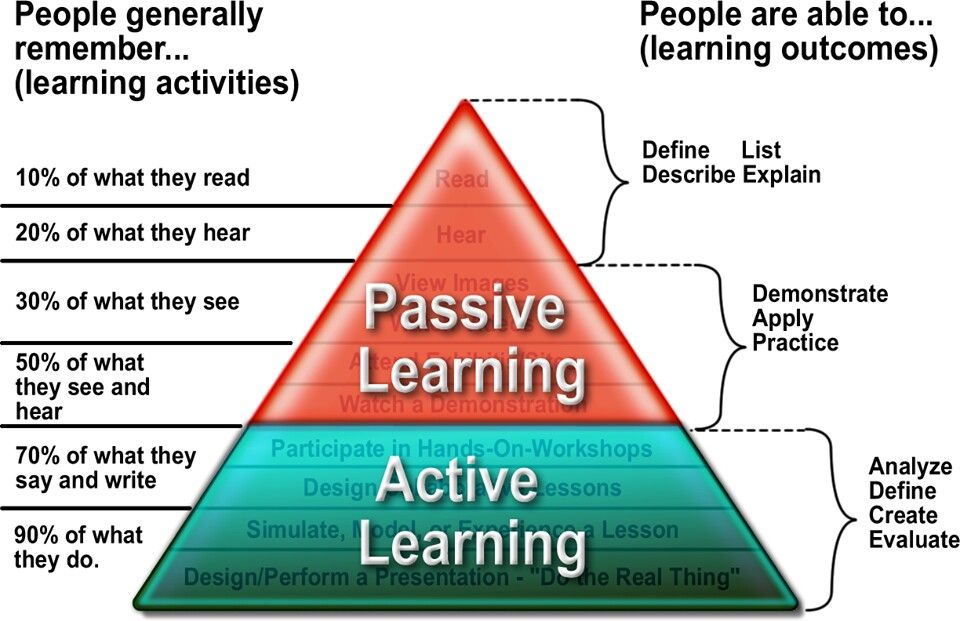 “Parents are often concerned with getting their kids ahead in reading, but when they’re struggling, going back to easier texts can be really helpful,” says Maniates. “It builds confidence and consolidates their skills so they can expand upon them.”
“Parents are often concerned with getting their kids ahead in reading, but when they’re struggling, going back to easier texts can be really helpful,” says Maniates. “It builds confidence and consolidates their skills so they can expand upon them.”
Shop books that build fluency skills below! You can find all books and activities at The Scholastic Store.
5 Simple and Effective Ways to Improve Reading Fluency
Reading fluently means reading at a natural pace, with expression, and at the same time understanding what you read. How can you help your students and children learn to read fluently? Isn't it enough just to read more?
In fact, non-verbal reading (note: reading to oneself, not out loud) does not help people who have difficulty reading fluently. The National Reading Panel states: "Empirical studies show that independent non-verbal reading has little effect on the development of reading speed." In this case, it is necessary to consider whether the student should continue to read in the wrong way in the hope of gradually improving his skills if he has difficulty reading?
This is very similar to learning to paint.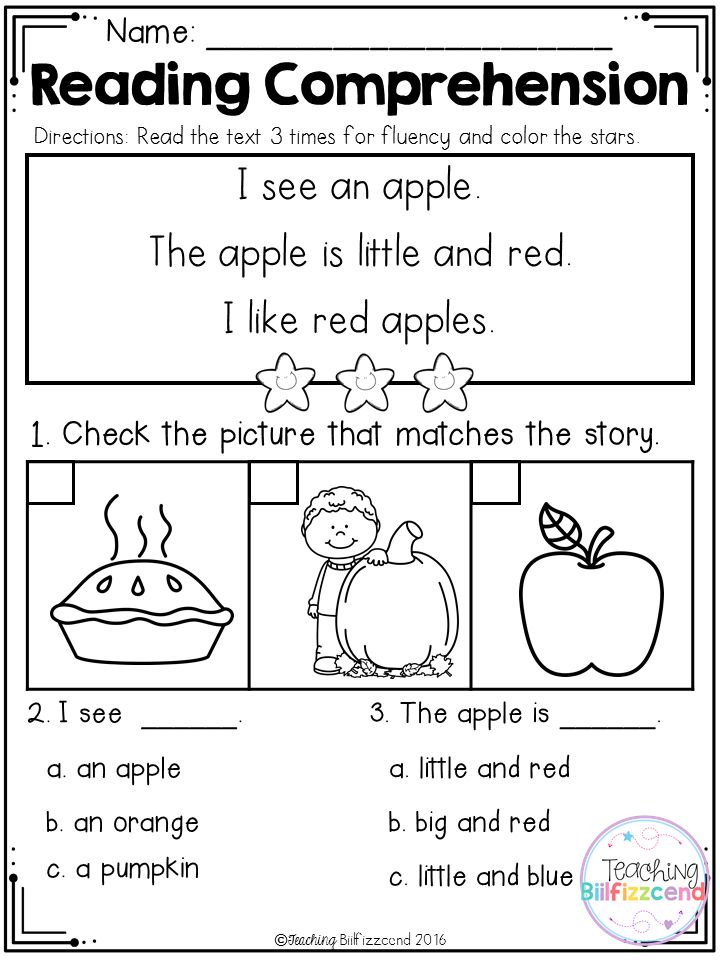 Having received some useful advice from the teacher, the student begins to understand the basic techniques of painting. The teacher breaks down each step and then checks how each one works to make sure the students have understood everything correctly.
Having received some useful advice from the teacher, the student begins to understand the basic techniques of painting. The teacher breaks down each step and then checks how each one works to make sure the students have understood everything correctly.
Should we do the same for our students - make sure they read diligently, progressing step by step, the way an art teacher approaches each student to make sure that our technique will lead us to the desired result? Would a student have a better understanding of the technique of the art of painting if he silently and clumsily tried to draw something on his own? This is exactly what happens to the student who does not talk about his reading problems.
Despite this, non-verbal reading plays an important role in a student's life. Once he reaches the level of fluent reading, he should continue to read everything that comes to hand at his usual speed.
Here are the best ways to improve reading fluency:
-
Show an example of fluent reading: demonstrate how to read aloud correctly.
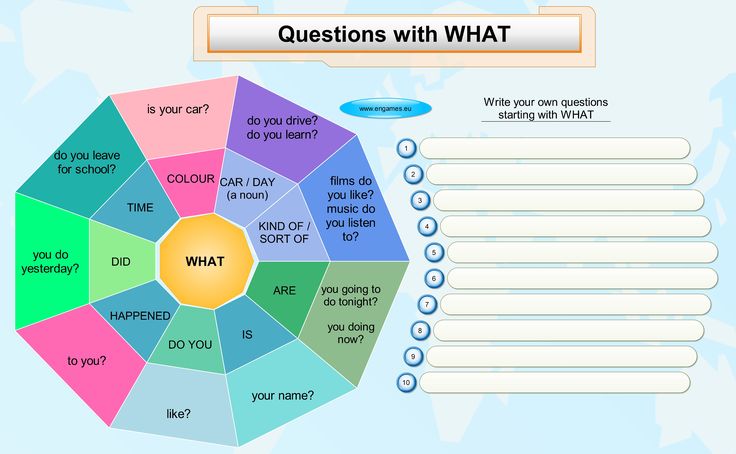 Other adults can help with this too: tutors, parents, siblings, etc. In this way, the student will hear how the text should sound in order to get a clearer understanding of how speech is built, including correctly spaced pauses at the end of sentences, rising intonation when using questions, etc.
Other adults can help with this too: tutors, parents, siblings, etc. In this way, the student will hear how the text should sound in order to get a clearer understanding of how speech is built, including correctly spaced pauses at the end of sentences, rising intonation when using questions, etc. -
Reading aloud: have your students read aloud loudly and clearly, not necessarily fast. As you gain experience in reading and improve his skills, the speed will most likely increase as well.
-
Choral reading (or reading in unison): this is a group practice in which you read a passage of text to your students and they repeat it in unison. This provides group reading practice and can also help a child who is too shy to read aloud in front of others.
-
Reader's Theatre: This is a fun transformation of ordinary reading into a kind of performance. Each student should work as a team with their classmates, reading with expression and conveying the meaning of what is written.
 This will help improve not only reading efficiency, but also teamwork skills.
This will help improve not only reading efficiency, but also teamwork skills. -
Praise for fluent reading: a little praise sometimes works wonders. Remember to also gently point out problem areas so that students know what to work on. Reading is extremely difficult for some, so do not forget to encourage them to continue their work!
Now that you know that independent non-verbal reading does not help students with reading difficulties, what approach would you take for literature lessons to make them more effective? Pay attention to the FAST FORWORD software package, which now includes the Reading Assistant Plus program, which is:
-
demonstrates a sample of correct reading (reads aloud to a student)
-
listens and analyzes how the child reads aloud
-
helps you practice the correct pronunciation of
-
helps build vocabulary
-
helps to understand the meanings of unfamiliar words
This is a kind of personal reading tutor built into your computer, and this program is very effective, especially for children who are not helped by silent reading.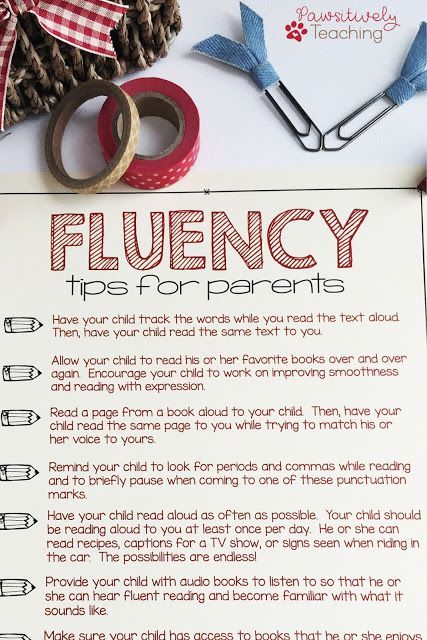
Practice, backed by the right methods and the right support, is the key to the success of beginning readers.
Source
How to become a competent reader? | Teaching
Discussion flares up and then dies out with arguments against. And the topic goes “to the archive” - until the moment when another caring person once again thinks about how unfair it is to put a single mark for everything in the article.
Meanwhile, there is another way to increase justice, rather than complicating the evaluation system. And it is easier and more profitable for everyone to learn the skill of competent reading. Then the notorious ones and fives will acquire a new meaning and value.
Let's try to analyze the reader's relationship with the text and find an acceptable reading scheme .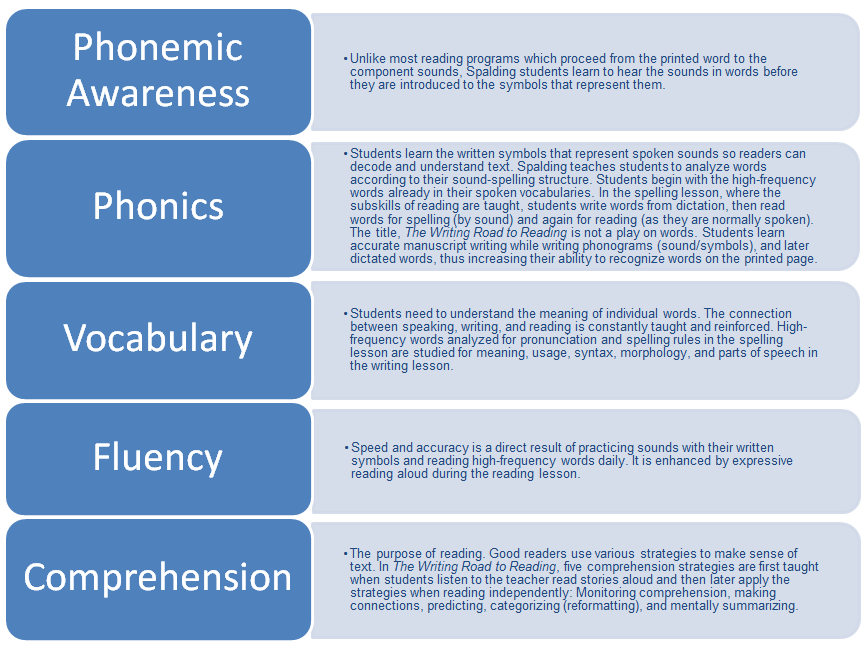
You come to this or that article on the "School of Life" for one of several reasons:
1) you were attracted by the title,
2) you were attracted by the name of the author,
3) you are interested in the topic.
In any case, it is better to read the text more than once. It will be more useful for both you and the author if you first skim the article and evaluate it “by clothes”. This “run” will determine for you whether it is worth spending time on the text at all. In general, the method can be called screening.
This “run” will determine for you whether it is worth spending time on the text at all. In general, the method can be called screening.
I. Text screening
In a cursory, "sifting" review of the texts, you note the following:
1) evaluate the compliance of the design with the rules.
The text, as many people know, should be divided into paragraphs separated from each other by a space line. Paragraphs should not be large, the optimal size is 2-3-4 sentences. Commas, periods, question and exclamation marks, colons, ellipsis, semicolons, closing brackets and quotation marks are placed without spaces on the left; opening brackets, quotes must not have spaces on the right.
2) evaluate the literacy of the author and the text.
Some people at the first glance at the text become disgusted by the abundance of spelling errors. Such people either immediately put a deuce and leave the text, or leave an angry comment on this score. The main thing is that they cease to be readers of this text and, most likely, of this author.
It is necessary to be literate. Without references to lack of time, to the fact that fingers do not fall on the keys. If the author lays out a text replete with spelling errors, he demonstrates his disrespect for readers.
3) evaluate the structuring of the text.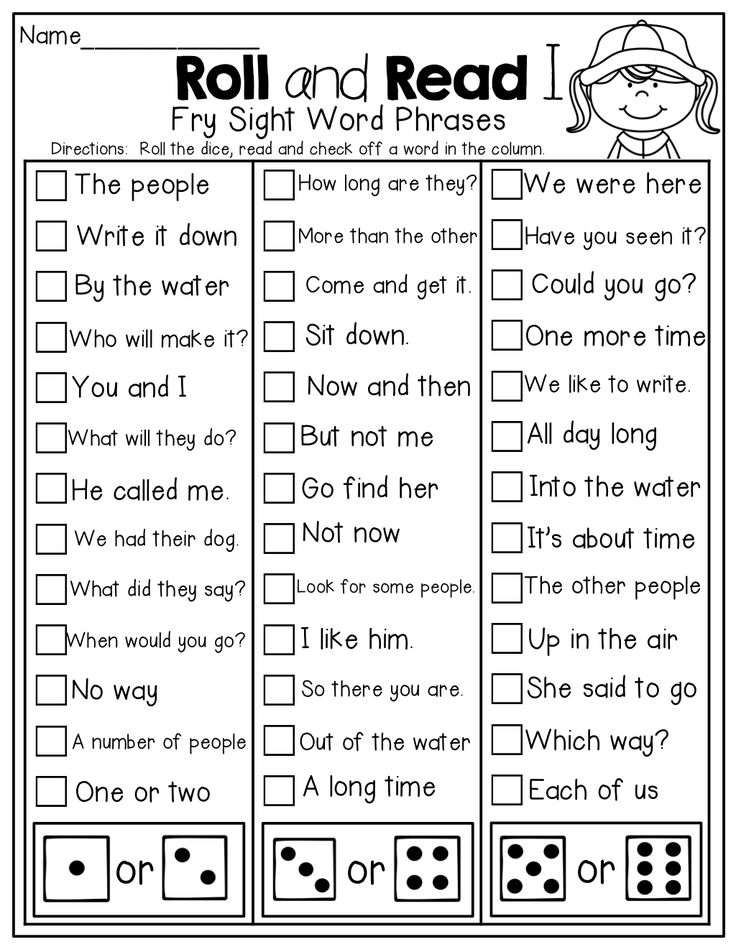
Even with a cursory glance, it becomes obvious: the text has an introduction, a detailed main part, and a conclusion. Or - all this is not there, and the so-called article is just a kind of remark on a certain topic, a sketch.
With these three points in mind, you can already form your attitude towards the text. And - to formulate it in the comments. Even if this comment is short, like: “Break the text into paragraphs”, “Subtract the text before posting it on the site” - the author should already be grateful to you, the reader. Since for an author, especially a beginner, such advice is specific and helps to quickly learn the rules, which he may have read, but did not perceive as a theory.
It is, of course, possible to give a rating based on such a superficial acquaintance.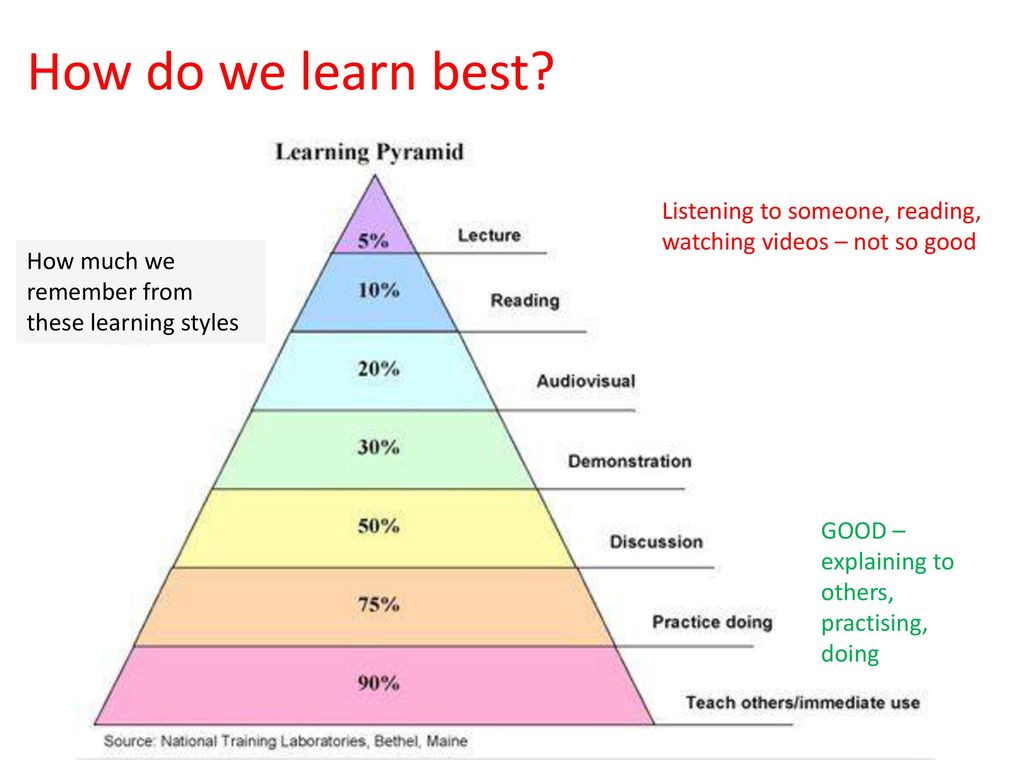 However, rating is not the main thing. The main thing is to draw a conclusion: is this text worthy of your close attention?
However, rating is not the main thing. The main thing is to draw a conclusion: is this text worthy of your close attention?
It will be better if, despite all the shortcomings of the text, you find the strength to re-read it again - more carefully. Firstly, you can find information there that is new and interesting for you. Secondly, you will train yourself once again in mastering the skill of reading.
II. Clarification of the diagnosis
Repeated reading - attentive and thoughtful. Now you can fully perceive the text, evaluate the style of the author, the relevance of the topic and the degree of its disclosure, the clarity and beauty of the argument (or the absence of all this), the degree of readiness of the text.
Comments along these lines may not be as clear cut. It is difficult for non-philologists to express themselves in a special language, and it is sometimes difficult for readers to navigate the terminology. But it is not difficult to notice and point out the stylistic overlap, the misuse of words, the lack of argumentation, the use of dubious and contradictory data as a source of information.
Of course, it is precisely such comments that can cause the author to react by no means grateful. But it is up to the author to take criticism constructively or be offended to death.
At the beginning of the article, I wrote that a competent approach to reading other people's articles is easier and more profitable.

